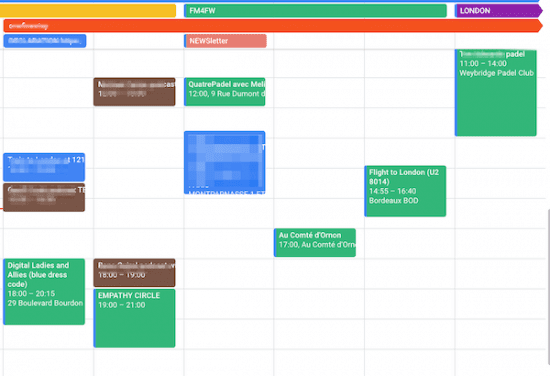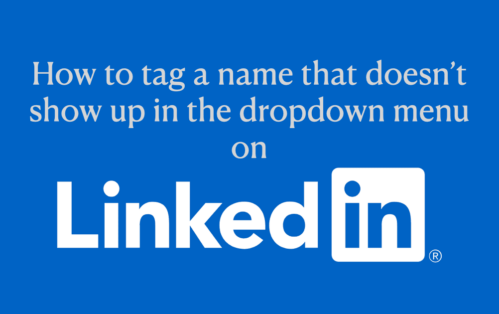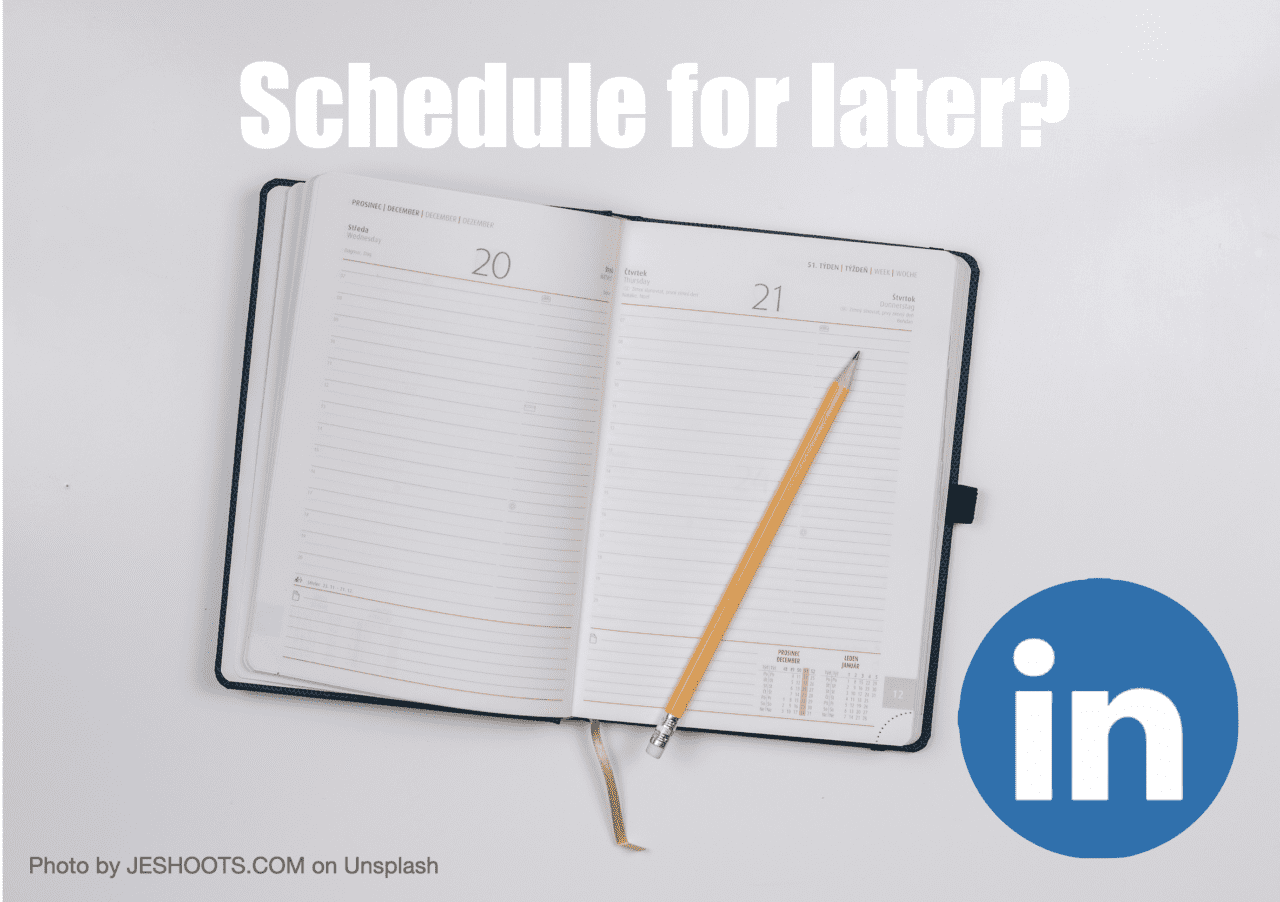Across the 50 or so speeches I’ve made around the launch of my last book, Heartificial Empathy, one of the most recurrent questions is about how to develop more empathy in business. For some, it seems like a frantically urgent need. For others, though, it’s more like an alien, even unnecessary idea. Yet, on whichever end of the scale you might sit, bringing empathy into an organization is not a simple task. As with transformation in general and digital transformation specifically, it’s more about mindset than about a competency on which we can bone up. In the case of empathy, it’s necessarily a mindset — a mindful one at that.
Define empathy
I like to define empathy as the capacity to understand and feel what someone else is thinking, feeling and experiencing… from their perspective or point of view. Empathy is achieved through cognitive and affective (emotional) processes. These can be applied separately, but are most powerful when done together. This complex psychological process extends beyond mere understanding; it involves sharing and possibly responding to the emotions, thoughts, and experiences of others. It is seen as crucial for social interactions and building relationships. It is also associated with emotional intelligence and perspective-taking. The ability to empathize can be thought of as a form of psychological identification, or the act of projecting one’s own self into the persona of another to better understand their thoughts and feelings.
Is it possible to develop empathy?
Yes, it’s indeed possible to develop empathy. Empathy is not a fixed trait. While some people may naturally be more empathetic, it’s not a static state. It can be cultivated, nurtured, and improved over time. Various strategies can enable individuals to enhance their capacity for empathy. This can involve engaging in activities that broaden one’s perspective, learning to actively listen to others, and consciously practicing empathy in daily life. It’s important to note that developing empathy is not an overnight process; it requires consistent effort and practice. To the extent there are two forms of empathy, cognitive (thinking) and emotional (or affective) empathy, I maintain that it is more achievable to develop cognitive empathy, where you can consciously apply yourself. Affective empathy, on the other hand, is typically something that tends to happen to you.
Why is empathy important?
Empathy carries substantial weight in both personal and professional realms. In the workplace, it fosters a collaborative environment, strengthens team dynamics, and promotes effective communication. By understanding colleagues’ feelings and perspectives, employees can work more harmoniously, leading to increased productivity. In personal relationships, empathy encourages deeper connections by allowing individuals to resonate with others’ emotions, leading to better conflict resolution and mutual understanding. This emotional skill also plays a crucial role in society at large, promoting tolerance, understanding, and cooperation among diverse groups. Empathy can act as a catalyst for compassionate actions, contributing to a more inclusive and understanding society. Furthermore, research suggests that empathetic individuals experience higher levels of happiness and lower stress levels, enhancing overall well-being. It’s important to stress that empathy is about understanding the thoughts and feelings of others. What you do with that empathy depends on your understanding of the person and their situation. That follow-on action reflects empathy, but is not empathy.
5 ways to become more empathic (or empathetic)
Being more empathic is easier said than done. Intellectually, most of us will understand the idea of empathy, but it’s a far harder thing to put into practice, especially when under stress or with someone who is antagonistic and/or holds a very different opinion than yours. When we are short of time or feeling under pressure, we fall back to our default attitude. To find the headspace to be empathic when under the gun is a skill that requires help to master. Being empathic is a muscle that needs to be exercised. I tend to talk of five different ways to promote empathy. These are:
- Start listening intensely — especially to those to whom you are close — and reformulating what you’re hearing.
- Venture out to meet different people in un-like-minded communities.
- Read classic fiction and zone into the protagonists’ feelings and thoughts, especially those who are different from you.
- Practice mindfulness.
- Know (deeply) why you have decided to become more empathic. [Hint: it should help you to achieve a goal and/or be part of your North].
Empathy skills – Meeting new people
The second method listed above involves meeting new people and I wanted to share with you my techniques. The tricky part is finding those people who aren’t like-minded. There’s little easier than having a great conversation with like-minded individuals. And most of the people in our network will exist in our network because we have shared affinities. So, you have to be rather intentional about finding new and different folks. The most consistent ploy I have used over the years is to have, what I term, a GREEN meeting. As you’ll be able to see in the snapshot from my calendar below, a green-colored appointment indicates that I am meeting a new person (or persons). I’m frequently asked how I find so many new people to meet, so here’s how I do this:
- I consider in advance whenever I will have the opportunity to meet new people, whether it’s at conferences, concerts or while travelling;
- I intentionally converted this notion into a habit and talk about it regularly which reinforces my efforts;
- I use the green color coding in my calendar as a visual cue to keep the idea top of mind;
- I follow up whenever I have an opportunity (e.g. after I receive a new business card, email or telephone number).

The key point of my so-called green meetings is not to come to the rendezvous with an agenda. My focus is to get to know them. Ask questions. Listen intently. Not judge. Not worry if nothing comes of it. Sure, some encounters are more rewarding than others. But, I believe this approach has helped me to improve my listening skills and to flex my empathic muscle.
Seeking out different profiles
The second technique is to go out of my way to meet different kinds of people. I make a conscious point of picking out people I might not have spoken to, exactly because they look or sound different. For example, they might be sitting at the back of the auditorium when attending a speech of mine. Or they may be sitting beside me in public transportation. These are the kinds of people with whom I share no common connections on social media. The key point here is to find people who have a different background, another culture, etc.. Call it profiling, but it has served me well. And when I’m meeting these people, it’s all about figuring out what they are saying and feeling, how they think and operate… The vital point is not to judge their way as being better or worse, but just different.
Your thoughts?
P.S. It’s said that meeting strangers is a way toward increasing happiness, according to research done by University of British Columbia psychologist Elizabeth Dunn and Gillian M. Sandstrom. Even brief eye contact with a stranger can increase a sense of inclusion and belonging. For more, read this NPR article!











Trackbacks/Pingbacks